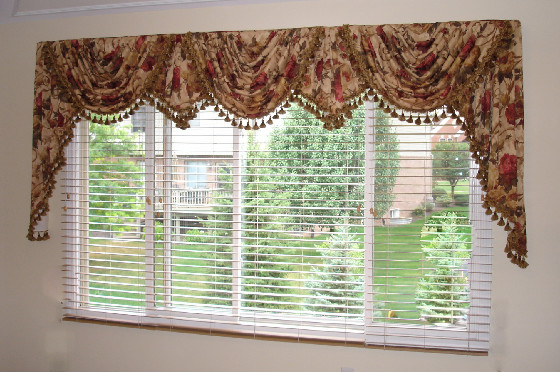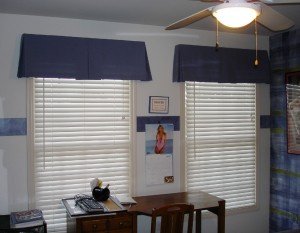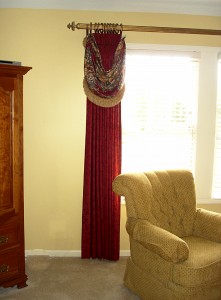Cleaning window treatments is not something people give a lot of thought to. The care and maintenance of your window treatments, like blinds, shades, valances and curtains may be something you consider when you first make the purchase. After that, you dont think about it until they are dusty, dirty or soiled.
When you purchase a window covering, you should give some thought to functionality, humidity and room traffic.
First of all consider the functionality and practicality of a window treatment. Do you need privacy or light control, is the window obstructed by a pole lamp or perhaps some furniture? Do you have to climb into the tub to access them? Are they easy to reach in order to open and close?
Second, consider the humidity; is this a bathroom or kitchen window where there is a lot of humidity and water being splashed? Do the windows get damp and frosty in the winter?
Third, consider the traffic; does this room have a high amount of traffic, kids and pets? Is there room around the furniture to access the window treatments?
If you have a formal room with elaborate window treatments and the room doesnt get a lot of traffic, then maintenance should be relatively simple. Just vacuum with a hand held once every two months or so, and if you need to, have it dry cleaned every 5 years or as needed. With today’s high efficiency furnaces and filters draperies stay much cleaner than just a few decades ago. You can also place your window treatments if they are not too bulky in the dryer on the air setting to get the dust particles off. By doing the regular vacuuming and dusting, you will stop the dust from really getting into the fibers and your curtains will last much longer.
When talking about the window treatments in your bathroom and kitchen, choose one that is easy to clean, such as plastic, faux wood or aluminum blinds that are easily wiped with a damp cloth. Real wood is not practical because wood warps and cracks with the changes in the humidity and you will end up having to replace expensive blinds often. The dust in high humidity rooms tends to stick to the blind or window treatment making it difficult to clean. Ideally you should choose a material like cotton or cotton/polyester blend for your curtains that are usually easily washed. If in doubt check the labels on what the fibers are and how to care for them.
For soft window treatments, those valances and draperies made from fabric, consider having them lined. Not only will it give you privacy and energy savings, the lining will protect the fabric fibers of the treatment. The colors will be protected against fading as well. Unlined treatments will eventually disintegrate and fall apart for the sun’s rays. By adding sheer drapery panels or blinds as a layer will also help to protect your drapery from the outside elements.
Sheers draperies can be machine washed and hung back up while still wet. They are light weight and dont usually need to be ironed, making them really simple to care for. Bamboo shades and blinds are ideal for sunny locations as the bamboo has a natural resistance to sunlight and will not fade as easily as other materials.
By giving your window treatments a little TLC they will give you for years of enjoyment and warmth.











by Susan Dorbeck